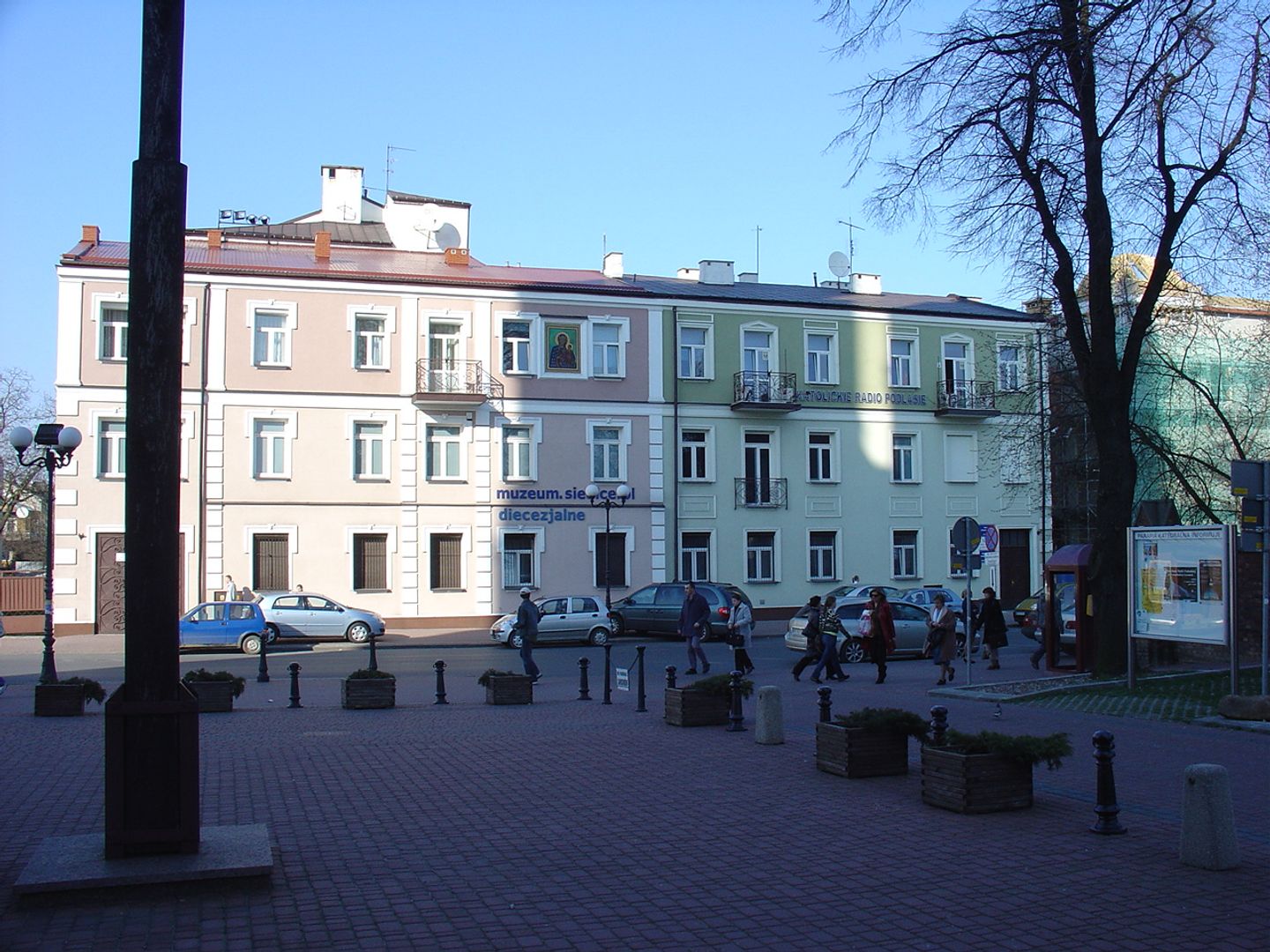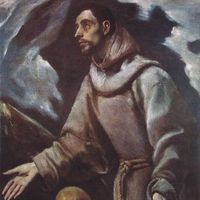Siedlce
7.71

Overview
Siedlce, located in the Masovian Voivodeship on the Siedlce Upland, is a city with a rich history and diverse architecture. Its origins date back to 1448, and it was granted city rights in 1547. In the 18th century, the city gained prominence thanks to Aleksandra Ogińska, who turned Siedlce into a cultural center, attracting social elites. Among its architectural gems are the 18th-century Ogiński Palace and Garden Complex, the Cathedral of the Immaculate Conception of the Blessed Virgin Mary, and the classicist theater building, now the Civil Registry Office. Siedlce was once the capital of the Podlasie department and voivodeship, and during the partitions, it actively participated in uprisings. The city endured difficult times during World War II when it was destroyed by occupiers, and many monuments, such as the synagogue and the new town hall, were lost forever. Today, Siedlce is a dynamic economic and educational hub, offering a range of schools and cultural institutions such as museums, libraries, and cinemas. The city now boasts diverse sports clubs and, in the cultural sphere, organizes numerous festivals, such as the International Festival of Song, Dance, and Folklore. An interesting fact is that on January 11, 1940, Siedlce recorded the lowest temperature in Poland, reaching -41 °C. The residents of Siedlce are connected to various religious traditions, and the city is an important center for the Siedlce Diocese, highlighting its religious heritage.
Location
2025 Wizytor | All Rights Reserved




